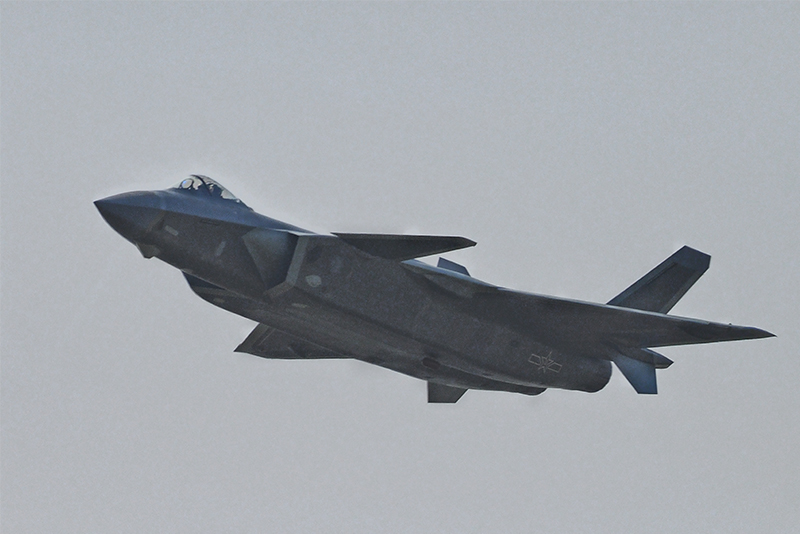
China’s relentless efforts to modernise and restructure the People’s Liberation Army (PLA) has resulted in an increasingly capable and well-equipped organisation that is well on its way to becoming a “world-class” military force, the United States Department of Defense (DoD) said in its annual report to congress on Chinese military and security developments.
In particular, the latest 200 page-long DoD assessment – also known as the China Military Power Report – highlighted three specific areas where China has already surpassed the United States: integrated air defence (IAD) systems, land-based conventional ballistic and cruise missiles, and naval shipbuilding.
Air defence
The DoD noted that the PLA Air Force (PLAAF) now maintains one of the most advanced long-range surface-to-air (SAM) systems in the world, with ground-based air defence (GBAD) battalions equipped with Russian-made Almaz-Antey S-300 and the indigenously manufactured Hong Qi-9 (HQ-9) mobile SAM systems.
China is also acquiring the more advanced S-400 while developing the improved HQ-9B to further boost its strategic long-range air defence capabilities, with the first S-400 test firings completed in December 2018.
Further enhancements are also expected, including the HQ-19 – which the DoD also identifies as the CH-AB-X-02 – which is believed to possess a ballistic missile defence (BMD) capability. The report also pointed out that China is aiming to field a mid-course kinetic-kill interceptor that will form the upper layer of a multi-tiered missile defence umbrella.
“[China] has one of the world’s largest forces of advanced long range surface-to-air systems – including Russian-built S-400s, S-300s, and domestically produced systems – that constitute part of its robust and redundant integrated air defence system architecture,” the DoD said.
Ground-based ballistic and cruise missiles
The PLA Rocket Force (PLARF) is also operating a growing number of ground-based conventional and nuclear intercontinental ballistic missiles (ICBMs) that can carry multiple independently targetable re-entry vehicles (MIRVs). The PLARF’s inventory includes the Dong Feng-41 (DF-41), which were highlighted during the National Day military parade on 1 October 2019.
The DoD believes that China possesses over 1,250 ground-launched ballistic missiles and ground-launched cruise missiles with that can engage targets between 500 and 5,500 km. In contrast, the United States currently only fields one type of conventional ground-based ballistic missile with a range of up to 300 km and no cruise missiles.
Growing naval capability
The DoD starkly warned that China now possesses the largest navy in the world with an estimated fleet of 350 ships and submarines, including over 130 surface warfare ships and other major platforms such as aircraft carriers, fleet auxiliaries, as well as amphibious assault and mine warfare ships.
“In comparison, the US Navy’s battle force is approximately 293 ships as of early 2020,” it said.
The report also highlighted the progress in the construction of the PLA Navy’s (PLAN’s) third aircraft carrier, which is expected to be more advanced and larger than the previous two and will feature a catapult launch system for the first time. The DoD believes that the third carrier will enter service in 2023 and be operational by 2024 and will possibly embark the fifth-generation FC-31/J-31 multirole fighter aircraft that is currently in development.
The PLAN submarine force is also growing, with as many as 17 Yuan-class (Type 039A/B) diesel-electric submarines – which are equipped with air-independent-propulsion (AIP) systems for extended endurance – already in service by the end of 2019 and potentially growing to 25 or more by 2025.
The DoD also expects China to introduce a new variant of the Shang-class (Type 093/093A) nuclear-powered attack submarine (SSN), the cruise missile-capable Type 093B, by the mid-2020s. The PLAN’s nuclear-powered ballistic missile submarine (SSBN) fleet, which currently constitutes for Jin-class (Type 094) boats, will also be expanded with two more being outfitted prior to imminent fielding.
by Jr Ng












